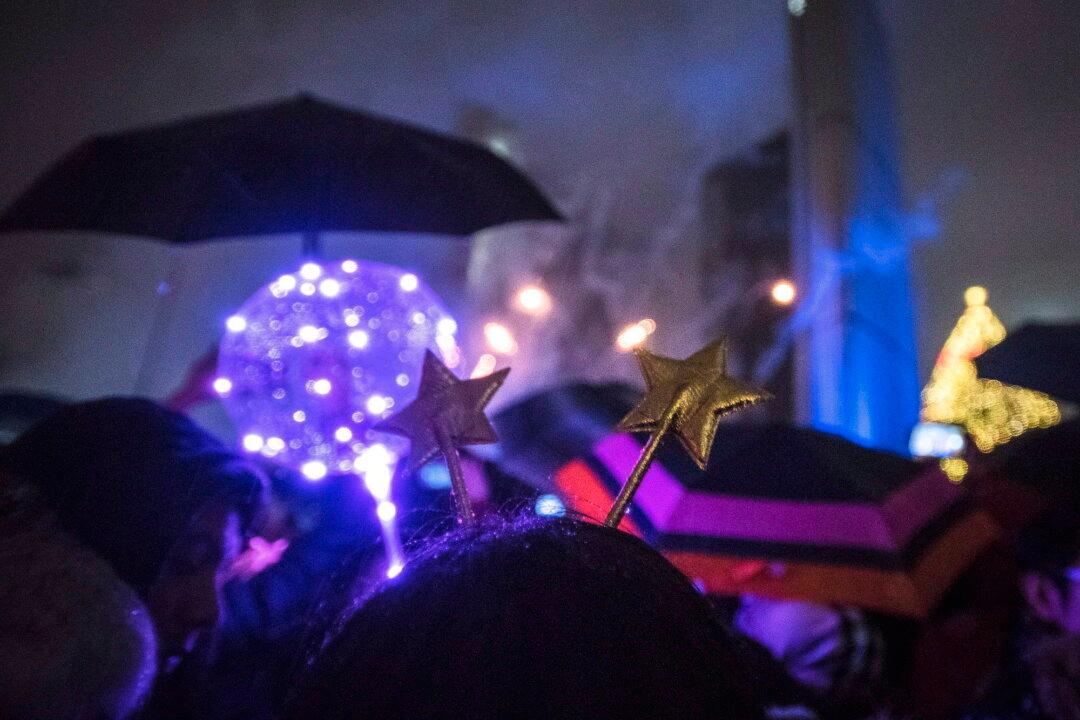Waiters, bartenders, and workers in the tourism industry are once again feeling the impact of the pandemic-related closures on New Year’s Eve, as more Ontarians plan to welcome 2021 at home.
An online survey of 1,091 adults revealed that Ontarians spend an average of $366 on New Year Eve in a typical year. But on the last day of the tumultuous 2020 year, residents in the province plan to spend an average of $170.





